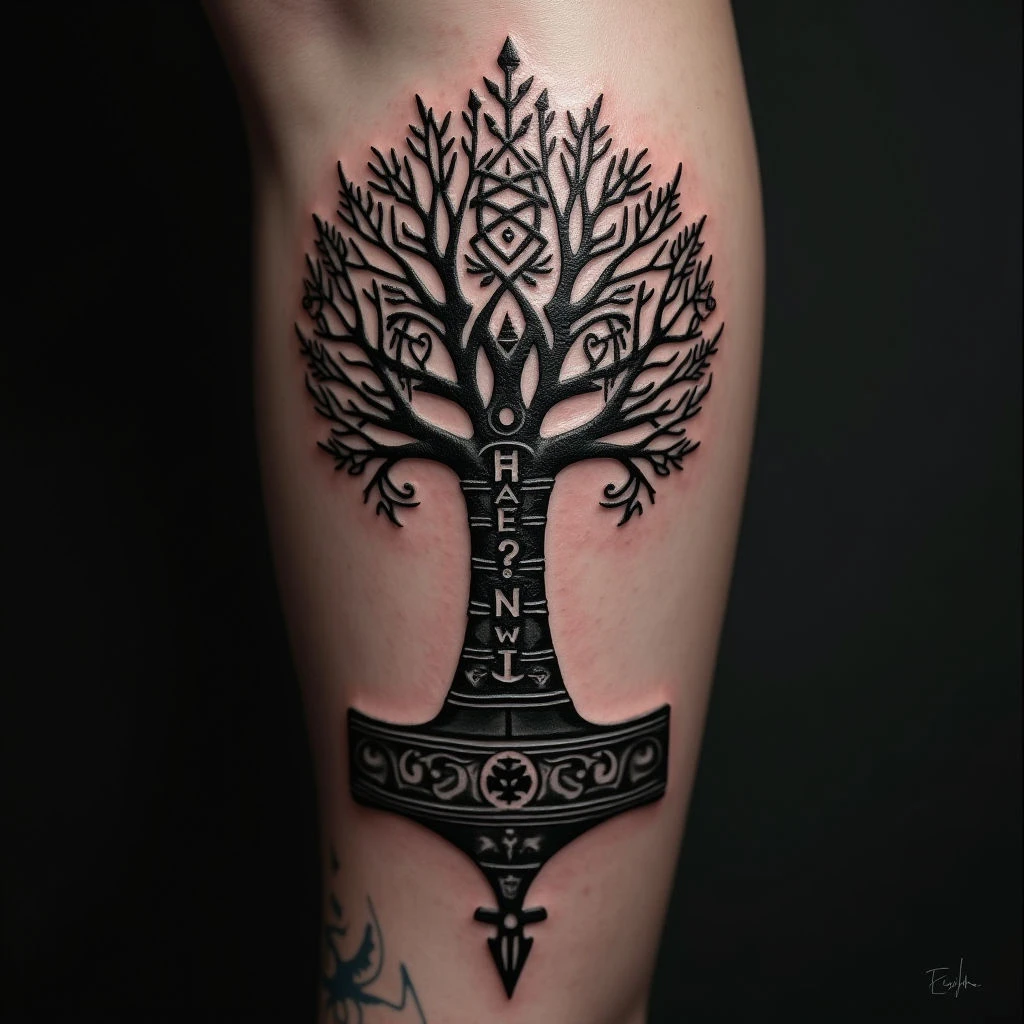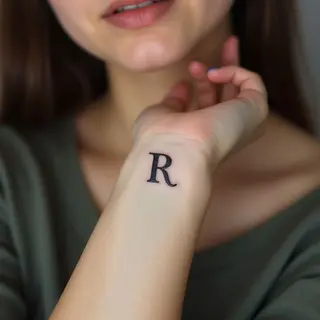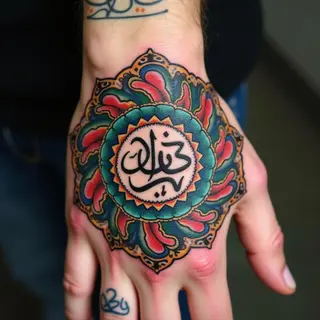The Enduring Legacy of Viking Tattoos: Meaning and Authenticity
The world of Viking tattoos extends far beyond the clichés of horned helmets. These intricate markings held deep cultural and spiritual significance for the Norse people.
Decoding Runic Inscriptions
Runes weren't just an alphabet; they were imbued with magical properties, used for divination, protection, and storytelling. A runic tattoo can represent personal strength, wisdom, or a connection to your ancestry. Each rune carries its own meaning – Fehu (wealth), Uruz (strength), Thurisaz (protection) are just a few examples.
Mythological Imagery: A Tapestry of Norse Lore
Norse mythology provides a wealth of powerful figures and symbols perfect for artistic representation. Mjolnir, Thor’s hammer, embodies strength and protection. Yggdrasil, the World Tree, symbolizes life's interconnectedness by connecting all realms. And Valkyries represent bravery and honor in battle.
Authenticity in Design: Honoring Norse Artistry
True Viking art emphasized bold lines, geometric patterns, and a sense of movement. Steer clear of overly stylized or 'fantasy' depictions; instead, seek designs that respect the historical aesthetic. Consider incorporating knotwork—a hallmark of Norse craftsmanship—to add depth and visual interest.
Placement Matters
The placement of a Viking tattoo is also significant. Larger pieces, like Yggdrasil or scenes from mythology, often adorn the back or chest. Runic inscriptions are frequently placed on arms or legs, serving as constant reminders of their meaning.
Respecting Cultural Heritage
When choosing a Viking tattoo, approach the subject with respect and understanding. Research the symbols thoroughly, and consult an artist experienced in Norse traditions. Let's honor our ancestors—not distort their legacy.


